AGU 2021
Meet us at the primary gathering for Earth science
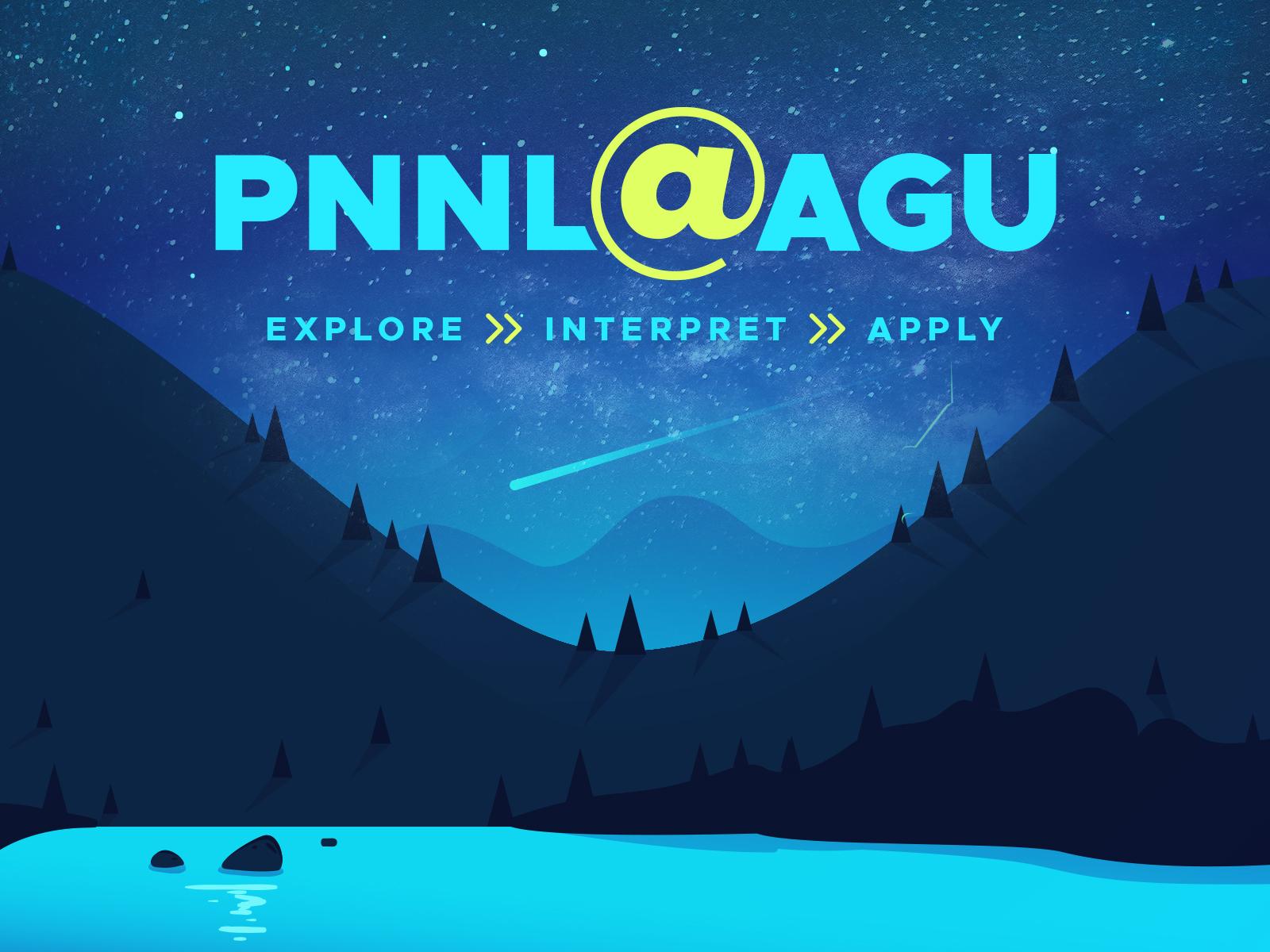
Join PNNL at AGU Fall 21.
(Image by Don Jorgensen | Pacific Northwest National Laboratory)
Meet some of the 150+ Pacific Northwest National Laboratory (PNNL) researchers whose latest findings will be presented at the largest international Earth science conference.
Scroll through the page or click the links below to learn more about some of the people behind the science, related announcements and feature stories, opportunities to connect with us at the American Geophysical Union (AGU) Fall Meeting 2021, and current job opportunities.
PNNL SESSIONS | PEOPLE | VIRTUAL MEET-UP | ANNOUNCEMENTS | JOBS
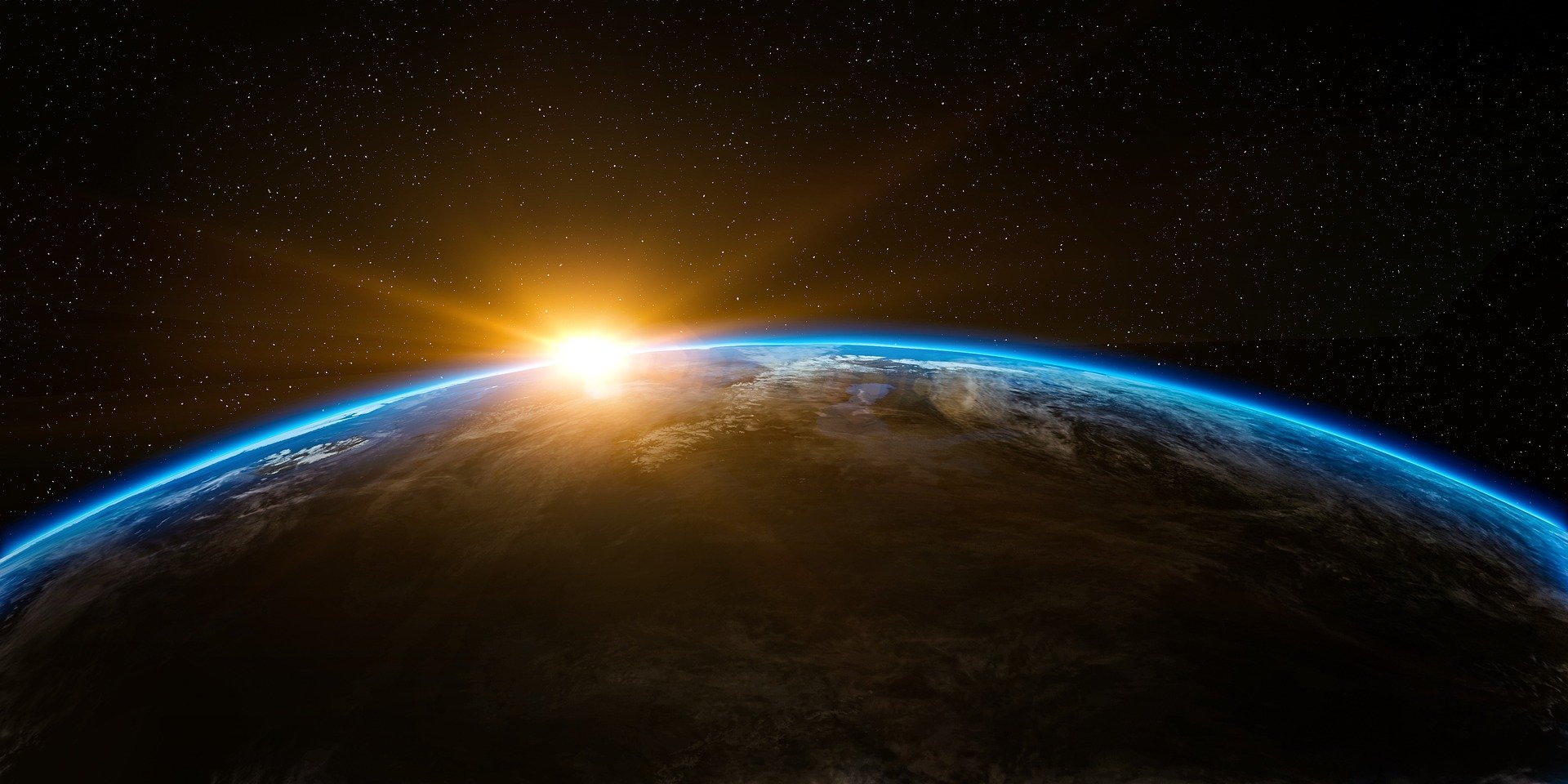
PNNL Sessions at AGU
View all PNNL presenters |
View all PNNL abstracts |
Town Hall Session - Launching the ICON Science Cooperative
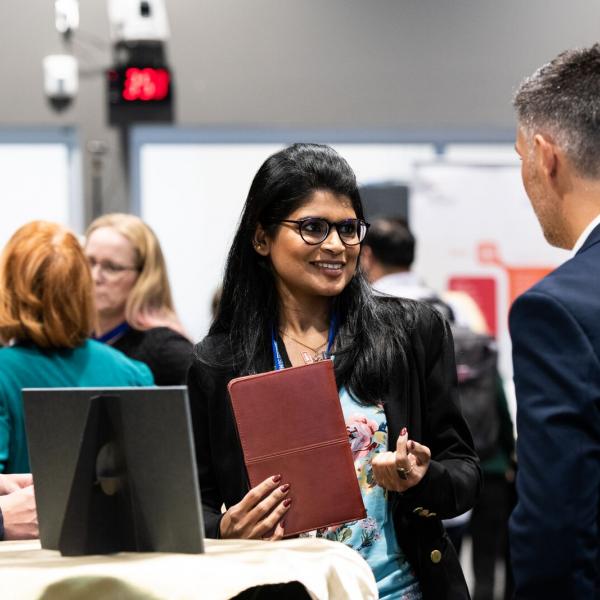
Join Earth Scientists James Stegen and Amy Goldman for town hall event on December 9, 2021 introducing the ICON Science Institute. ICON focuses on advancing knowledge through science that is:
- Integrated across disciplines
- Coordinated with consistent protocols
- Open across the entire research lifecycle
- Networked whereby the global science community designs, implements, and benefits from the work
Participants will also learn about opportunities to engage in ICON science, how to develop their own research programs using these principles, and provide feedback on how the institute can best serve the geosciences community. The town hall will be a combination of presentations, guided feedback opportunities, and open discussion.
People
Todd Schaef
Chemist, Energy & Environment
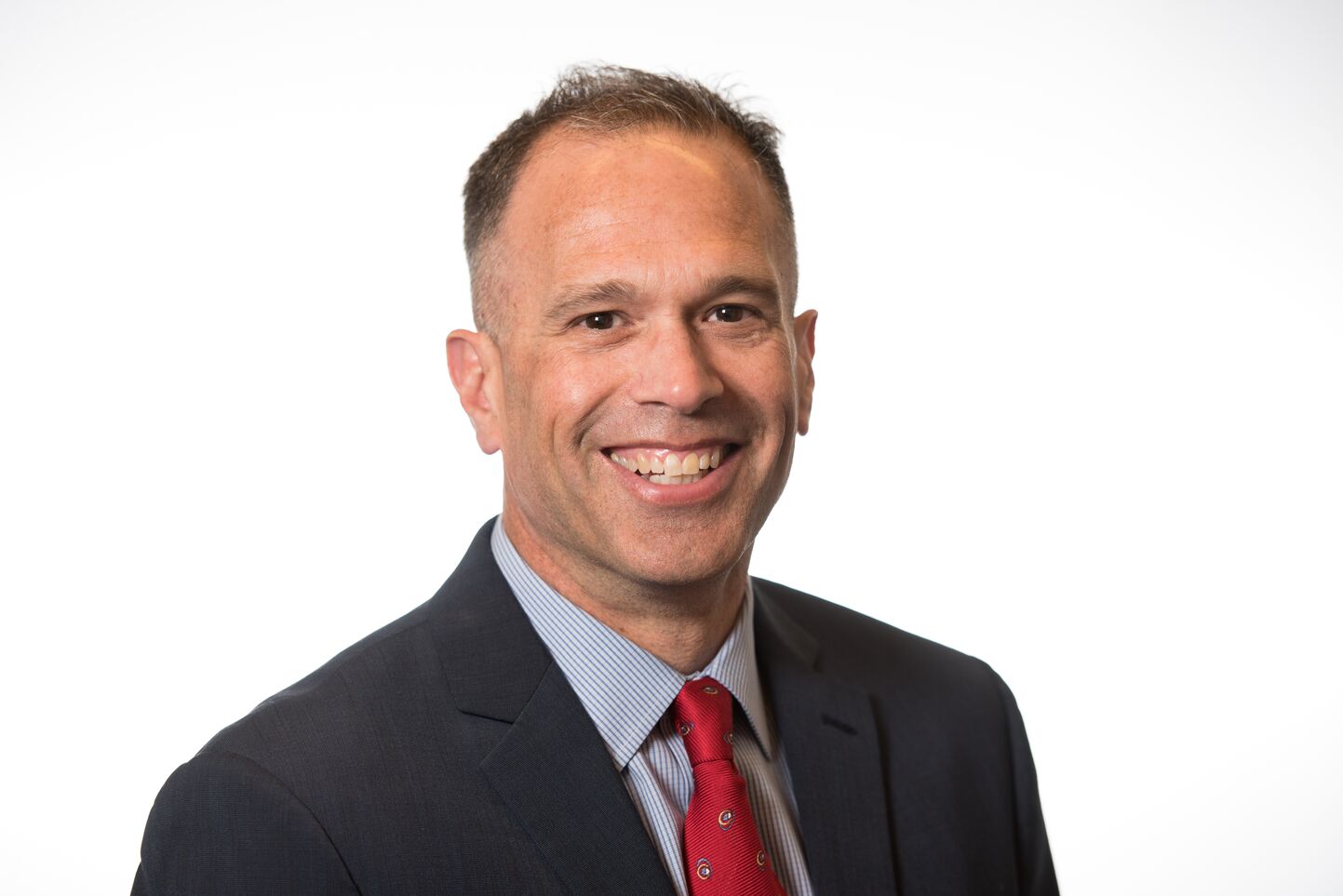
What aspects of “Explore, Interpret, and Apply” in scientific research relate to the work you do?
I think of it as an iterative process. Every day, our team explores reaction processes, examines and interprets the data, and applies the findings to make the best prediction possible.
All three aspects are evident in our research. Explore: Our team is exploring ways to manage CO2 emissions by sequestering them in basalt formations. Interpret: We interpret lab experiments and field experiments to piece together what we think is happening. We want to understand what happens to the CO2, what minerals form, why, how long, and where. Apply: We take what we learn and input it into reservoir simulators to predict the fate of CO2 being injected into the subsurface.
What do you hope people will take away from what you are presenting at AGU?
I hope AGU attendees look up our names and PNNL to see more about our research and how/where they might fit in. I actually received a CV last week from a guy that came to our AGU poster in 2019, and we are interviewing him next week for a position in my group.
“At PNNL, I enjoy mentoring young staff members. We have a fantastic wave of early career scientists and I can’t wait to see what all they accomplish.”
View Todd's AGU poster on carbon sequestration on December 15.
ZELI TAN
Earth Scientist, Earth & Biological Sciences
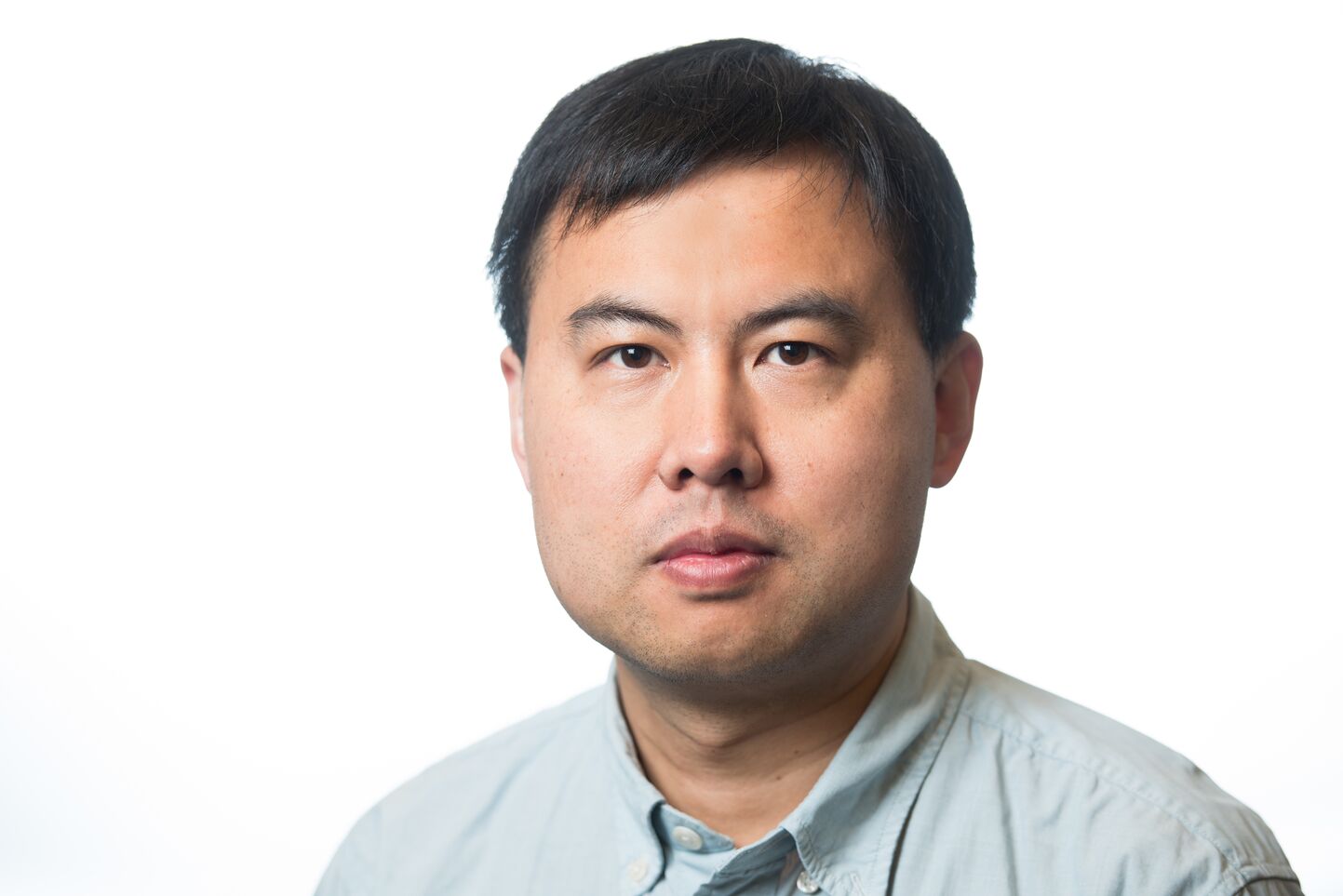
What aspects of “Explore, Interpret, and Apply” in scientific research relate to the work you do?
This phrase relates because this work deals with an important research topic with many knowledge gaps. The method developed through the work will greatly advance our understanding of the research topic.
All three aspects are evident in the science I am presenting. First, because methane emissions from lakes have large spatial heterogeneity and temporal variability, there is still no lake biogeochemical model that can predict global lake methane emissions. Thus, developing a high-fidelity model of lake methane dynamics is a new and exciting territory to explore. Second, as mentioned, there are still many knowledge gaps related to lake methane emissions, particularly the drivers for hotspots and hot moments. By developing this lake methane model, I aim to interpret the hotspots and hot moments of lake methane emissions at the process level. Third, the application of this lake methane model in Earth system models will improve the understanding of carbon-climate feedback, which is important for achieving the Paris agreement.
What do you hope people will take away from what you are presenting at AGU?
I hope that people who are worried about the increase of atmospheric methane will pay more attention to lake methane emissions and that it will inspire the representation of lake methane dynamics in more Earth system models.
“What I enjoy most at PNNL is working with experts of different backgrounds to tackle the most important questions in Earth science.”
View Zeli's AGU poster on lake methane dynamics on December 15.
Sean Turner
Earth Scientist, Energy & Environment

What aspects of “Explore, Interpret, and Apply” in scientific research relate to the work you do?
Our work explores new data we collected describing the operations of hundreds of large water storage reservoirs throughout the United States. We use these data to interpret the rules by which those reservoirs are operated. And we apply those rules to the reservoirs represented in U.S. scale hydrological models to simulate the nation’s river flows.
Our work is more focused on the interpretation and application of reservoir operations data. We develop a new tool to interpret the data (“Storage Targets and Release Function Inference Tool”) and then apply these interpretations to significantly improve the simulation performance of our U.S. scale water model. This will lead to improvements in various applications of our model, such as simulating the nation’s hydropower availability during future droughts.
What do you hope people will take away from what you are presenting at AGU?
Our key message is that continental-scale hydrological models may no longer need to rely on guesswork to simulate the influence of reservoirs on water availability and river flows. We have demonstrated that our empirical approach can significantly outperform the existing methods employed.
“For me it’s all about creating new science products that I can be proud of. Whether it’s a dataset, software tool, a new algorithm, or a paper, contributing products that are useful to others in the scientific community is what motivates me.”
View Sean's AGU presentation on water resources on December 16.
Ruby Leung
Earth Scientist, Earth & Biological Sciences
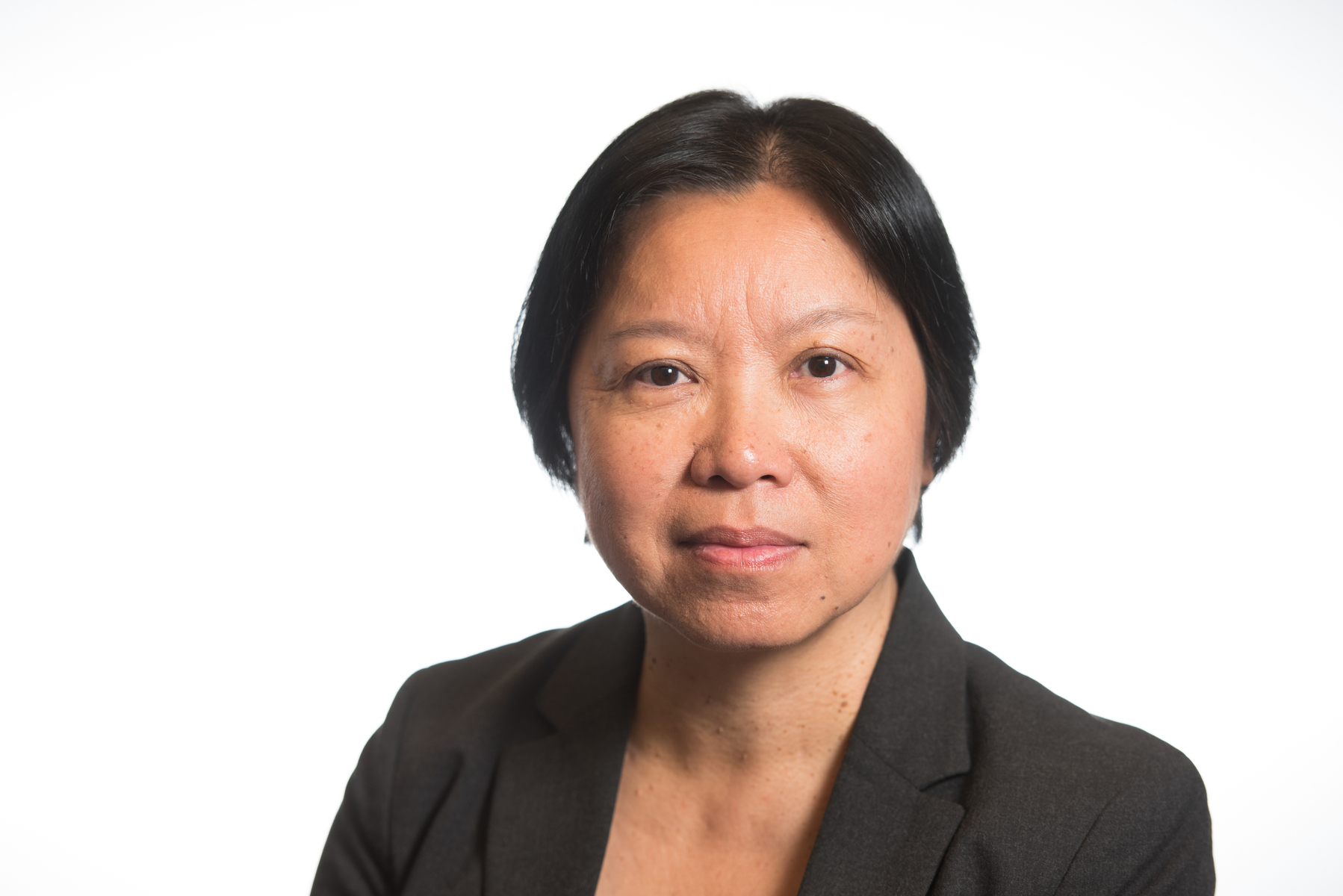
What aspects of “Explore, Interpret, and Apply” in scientific research relate to the work you do?
This work explores the relative contributions of natural variability and model uncertainty to the total uncertainty of simulating and projecting California winter precipitation. It helps interpret disagreements among model simulations and projections of California winter precipitation, finding that greater than 70% of the disagreements are due to natural variability.
What do you hope people will take away from what you are presenting at AGU?
I hope people will appreciate the dominant contributions of natural variability to total uncertainty in simulating/projecting California winter precipitation. Namely, the inability of models to reproduce the observed drying trends in California over the past 40 years does not mean something’s wrong with the models because the observed drying trend is dominated by the negative phase of the Interdecadal Pacific Oscillation.
“I enjoy making use of resources available from large community efforts, such as the multi-model and large ensemble simulations, to address science questions that have important societal implications.”
View Ruby's AGU presentation on El Nino-like warming and California precipitation changes on December 17.
Read more about Ruby's work.
Virtual Meet-Up Spaces
Convene with us to chat about topics of interest in one or more of the five rooms—atmospheric, coastal and marine, Earth modeling, river corridor, and recruiting—in our virtual meetup space.
When: |
December 13–17 | Anytime between 5 p.m. and 7 p.m. (CST) daily |
|---|---|
How: |
Connect with us during AGU and you can visit our online meetup space. Our experts will be there ready to welcome you. |
Announcements
Fire and Ice: The Puzzling Link Between Western Wildfires and Artic Sea Ice
“Some say the world will end in fire,” wrote Robert Frost a century ago. The poet described one popular take on the world’s end before shifting to its apocalyptic opposite, writing, “some say in ice.”
But the relationship between fire and ice, in terms of Earth’s climate, is not quite as “either or” as Frost depicted. In the case of a study presented today at the 2021 AGU Fall Meeting in New Orleans, that relationship is more “give and take.”
The team of researchers behind the recent study describe a link between dwindling sea ice and worsening wildfires in the western United States. As sea ice melts from July to October, sunlight warms the increasingly iceless, surrounding area. This ultimately brings heat and fire-favorable conditions to distant states like California, Washington, and Oregon later in autumn and early winter. READ MORE
As the Mercury Rises, the Urban Heat Penalty Grows, Especially at Night
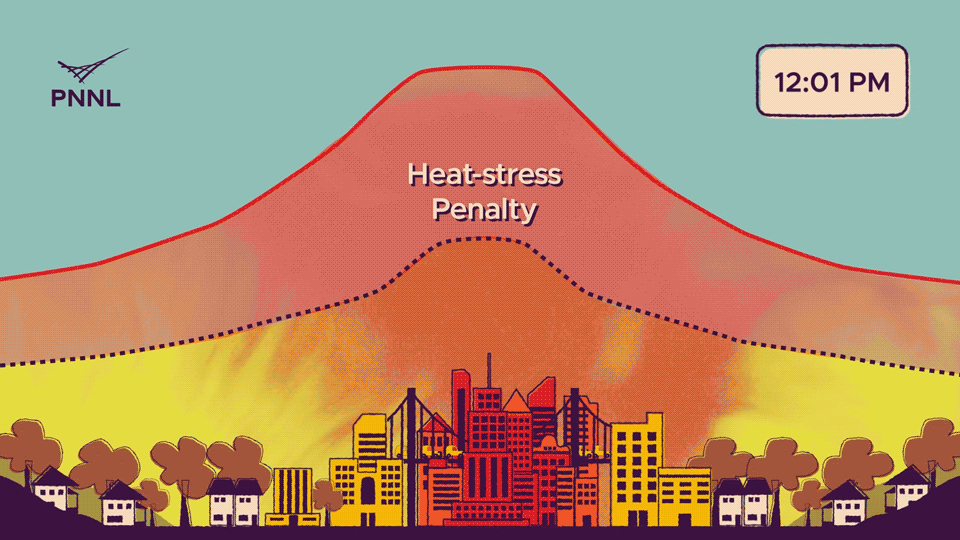
City living has its perks: Live music, museums, trendy cafés and much more.
But urban living isn’t so cool when it comes to summer weather.
Living in a city translates to an extra two to six hours of uncomfortable weather per day in the summer for people in the eastern and central United States, according to research published Dec. 9 in Geophysical Research Letters. The scientists present this and related work this week at the annual meeting of the American Geophysical Union. READ MORE
Jobs
Want to join the PNNL team? Check out some of our open positions in:
Atmospheric Sciences |
Coastal Sciences |
Earth Systems |
Environmental Assessment |
Microbiome |
Machine Learning |
Subsurface Science |
Sustainable Hydropower |